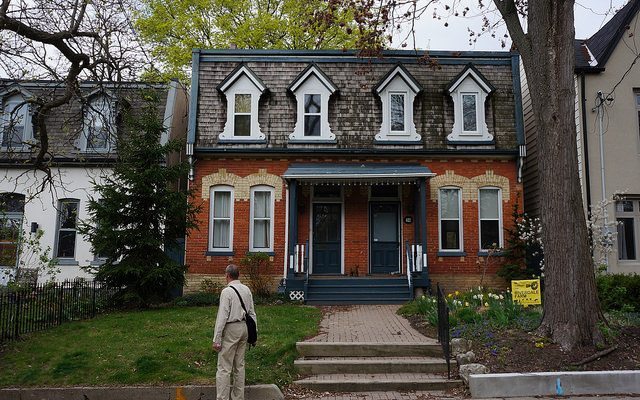Real estate in the Greater Toronto Area and Toronto continued to appreciate in terms of price and number of units sold in August 2016, according to the Toronto Real Estate Board (TREB). The amount of properties sold increased year-over-year by 13%, while the average home price increased to $710,410, a huge 17.7% increase. This is on-trend for the year, with consistently increasing prices and a dwindling supply of properties. The average price of a detached home in Toronto is now well over a million, at $1,206,637.

“Population in the GTA continues to grow. The resulting growth in households coupled with favourable economic conditions and low borrowing costs means that we remain on track for another record year for home sales. Against this backdrop, TREB will also be releasing new third-party research, and consumer and REALTOR® survey results throughout the fall and winter, with discussions focusing on foreign buying activity and issues affecting the supply of ownership housing,” said Jason Mercer, TREB’s Director of Market Analysis.
There are three sure factors that are combining to create this perfect storm of increases – increased population, low borrowing costs and a limited supply of new properties on the market.
Mercer also mentioned a forthcoming analysis of another potential factor, which is demand from buyers who would have purchased properties in British Columbia, but are now being hit by the punitive foreign ownership tax for doing so. The assumption is that these buyers are now looking seriously at purchasing instead in Toronto, but that theory remains to be proved in the TREB’s upcoming report due in the last quarter of 2016.
What does the GTA look like?
Unsurprisingly, housing costs rising into the stratosphere in Toronto are driving buyers into the suburbs. Condos, townhomes and detached homes in the 905 have gone up in sales numbers between 24% and 26.8%. Condominiums in the GTA have only seen a modest price increase of 9.2%, making them much more attractive to first-time buyers and people with middle-class incomes.
The TREB has been beating the refrain that increased supply of properties on the market are a partial solution to the problem of rising housing costs – but realistically it will take some time for new units to be built. Additionally, many homeowners may be hanging on to homes as the price increases year-over-year have made any investment in real estate in the last five years attractive; they are not incented to sell when it doesn’t look like prices are going down any time soon, which further restricts inventories.
Be prepared for housing costs and sales to continue their upwards trend for the rest of 2016 – the only thing that could realistically stop this is a sudden increase in interest rates, which the Bank of Canada is not signalling as a possibility before the end of 2016.
Image Credit: Steve Brown & John Ver, Flickr





